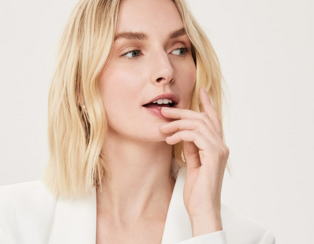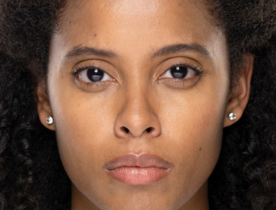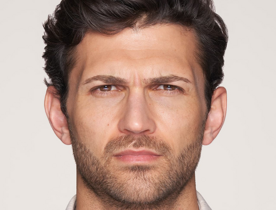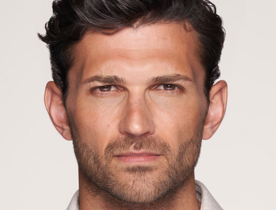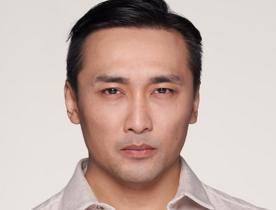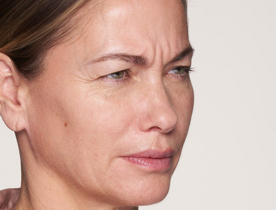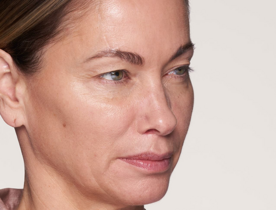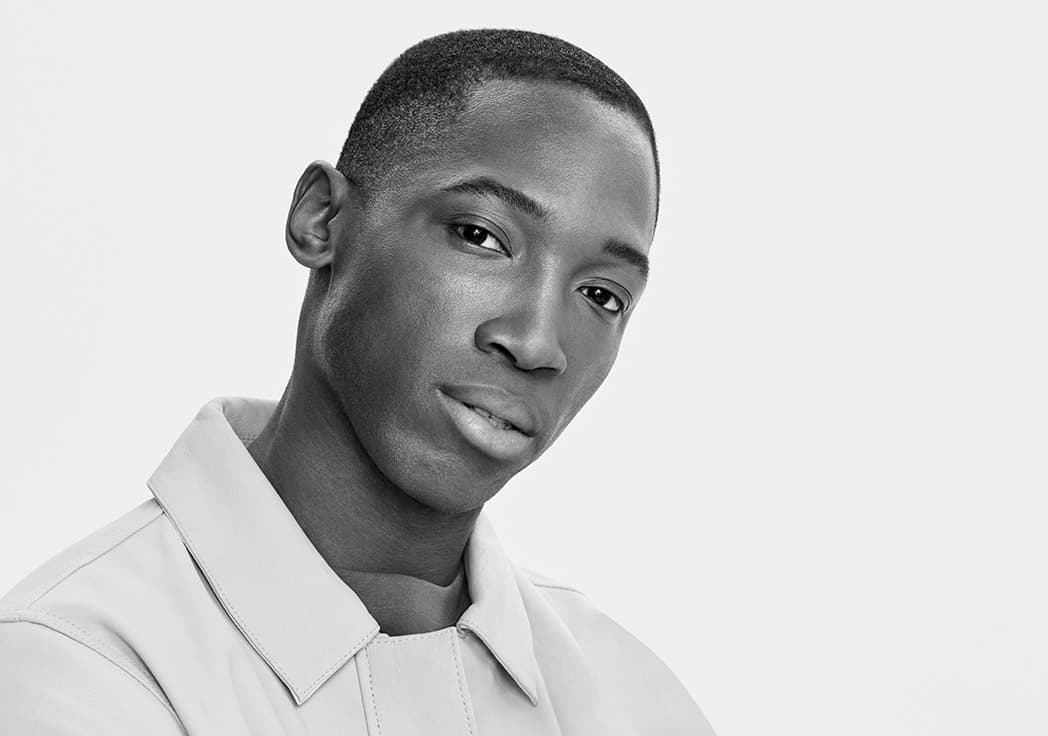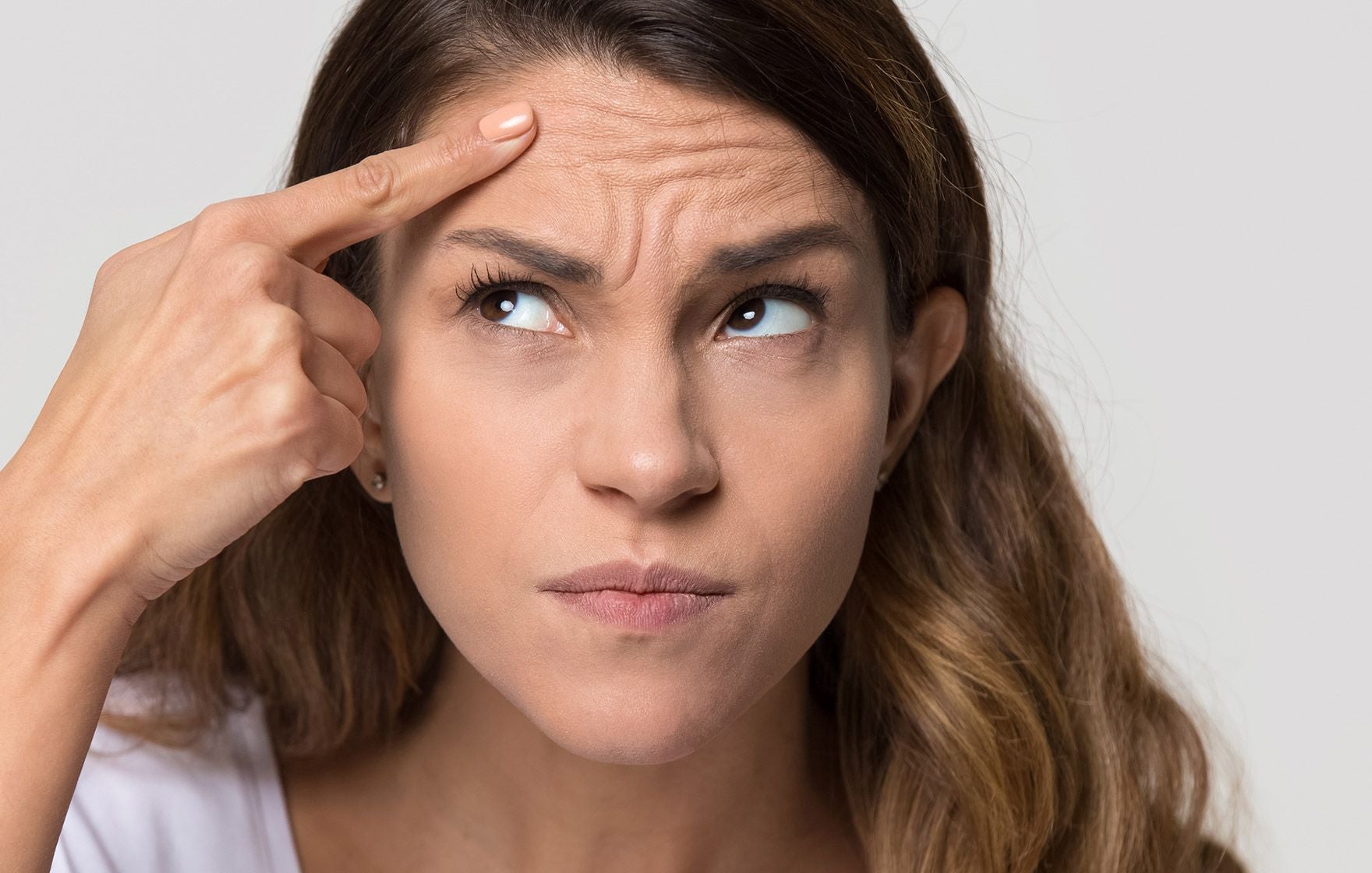What are frown lines?
Our facial expressions communicate many things, whether we want them to or not. Sometimes a frown is needed to show how we feel, but as we age, the appearance of that frown can stick around even when we don’t intend it to.
Where do frown lines come from?
Many wrinkles are dynamic–meaning–they appear as we express our emotions, such as when we smile. In our youth, these lines disappear when we’re relaxed. However, with age and repeated muscle contractions, these expression lines can become permanent, making us look angry or annoyed, even when our face is at rest.
A wrinkle is not an emotion, but with expression lines, everything gets blurred.
Frown line treatments
Not surprisingly, many people turn to aesthetic treatments to reduce the appearance of frown lines and other expression lines and wrinkles. By temporarily relaxing the muscles of the face, these treatments help restore smooth skin without making you look frozen.2



